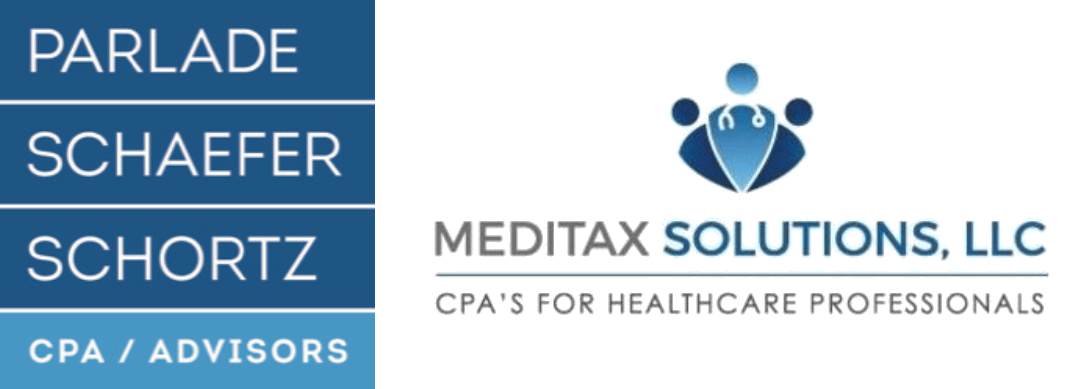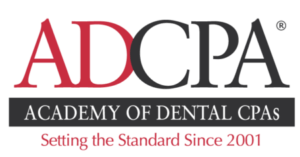The Business Structure that Will Save You the MOST on Taxes
In a previous article, we ran through the common factors to help you decide which business structure makes the most sense for you, a sole proprietorship/partnership, LLC, or Corporation, you can find that here.
The biggest factors are which structure will save you the most money, provide you with personal asset protection, fits into your management style, and your business goals. Today we are talking about the tax advantages of S corporations vs C corporations, LLCs, and sole proprietorships.
This gets its own separate article because it is the most tedious of all the factors and takes a good understanding of your tax situation for you to get the best results.
Tax Advantages
Which structure will provide you with the greatest tax breaks, depends upon your situation. A partnership, sole proprietorship, LLC, all pay taxes the same way, therefore sharing in the same level of complexity.
These three models are considered “pass-through” tax entities. This means all profits and losses are reported on your personal income tax return. It doesn’t matter if you want to keep money in the business and don’t plan to pay it out to yourself, the income earned is still taxed on your personal income tax return.
This may greatly increase your personal income tax bracket even if you are leaving the money to grow your business. Additionally, self-employment tax is imposed on this income, which can come as quite a shock if you are transitioning from an employee to a self-employed business owner.
On the upside, with a “pass-through” structure you may qualify for the Tax Cuts and Jobs Act which may allow deductions of up to 20% of net business income.
To complicate things further S corporations are also considered pass-through tax entities meaning the income is reported on personal income tax returns of the shareholders/owners of the company. The corporation is not taxed only the owners. The income
passes through the corporation straight to the owners who report the income on their tax returns. This is seen as a positive because this avoids double taxation of a C corporation.
Now with C corporations, the corporation itself is taxed on all income at a new flat tax rate of 21%, then the after-tax income is distributed out to the shareholders/owners. The owners then are taxed on their personal income tax returns on the money actually allocated directly to them. So the downside is that the income is taxed twice, both at the 21% corporate tax and again when it is distributed out to the owners on their personal income tax.
Potential taxation upsides to the C corporation is the greater flexibility in retaining earnings, meaning the ability to keep money in the business. These retained earnings will be taxed at 21% but not again if it is not given to the owner(s). With the other structures, it does not matter if the owner(s) leave the money in the business and avoid actually paying themselves, the income is still reported on their personal income tax.
Plus the income can be allocated to the owners in the form of dividends which generally accrues less tax than ordinary income.
As you can see making the best decision for your situation can become quite complex, and many factors go into deciding your best structure.
Conclusion
Luckily, whichever you decide on you are not stuck with forever. As goals change and your company evolves you can transition into the business structure that makes the most sense for you. It is recommended to seek professional legal consulting when structuring your business to maximize your income and reduce your operating headaches.






